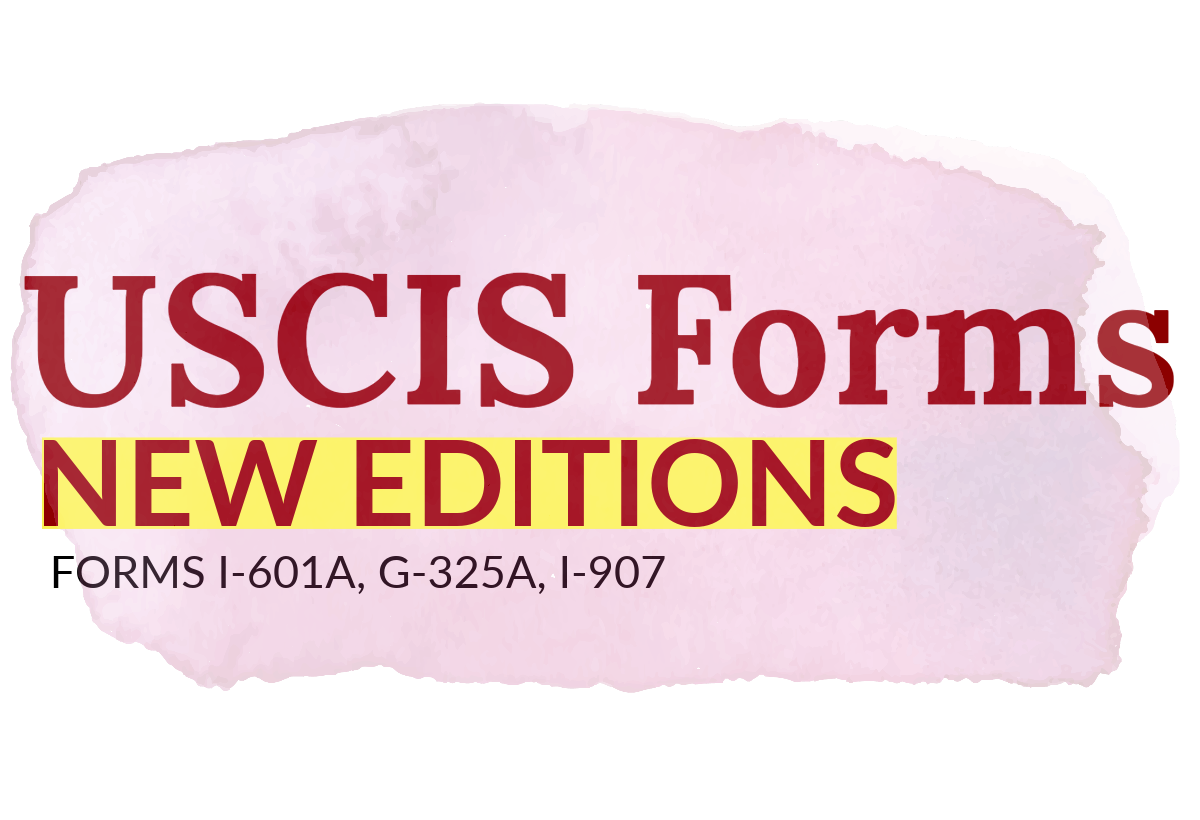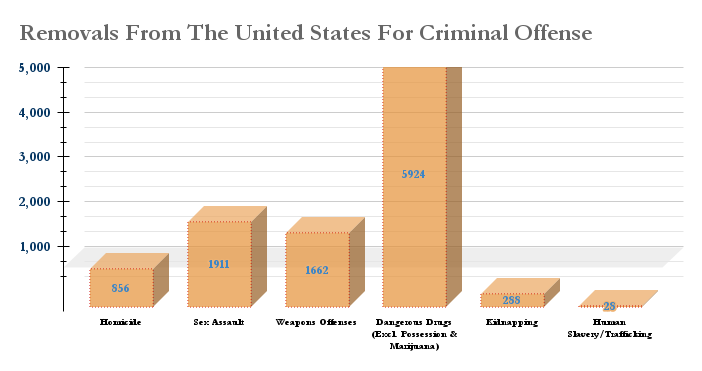As per international and U.S. law, the principle is clear that an individual cannot be returned to a country where they are likely to be subjected to torture. US law has created a legal process specifically designed to comply with the United Nations Convention Against Torture and Other Cruel, Inhuman, or Degrading Treatment or Punishment (commonly known as “CAT” or “the Convention”) obligates countries that are signatories to condemn and prohibit torture. Article III of the Convention explicitly states that a signatory nation is prohibited from “expelling, returning, or extraditing” an individual to a country where there exist “substantial grounds for believing that he would be in danger of being subjected to torture.” The United States joined CAT in 1988, with Congress ratifying the treaty in 1994. In 1998, the U.S. officially declared its intent to implement CAT as part of the Foreign Affairs Reform and Restructuring Act (“FARRA”). In 1999, the former Immigration and Naturalization Service established regulations that outline the standards and procedures for protection under the Convention. These regulations are detailed in 8 C.F.R. §§ [1]208.16 to [1]208.18. Protection under Article III of the Convention serves as a crucial option for noncitizens who do not meet the prerequisites for asylum but can demonstrate that they would face torture if they were to return to their home country. Importantly, relief under the Convention is not a matter of discretion. For those individuals who meet the eligibility requirements, it is mandatory for the immigration judge (IJ) to grant them protection. What Is Considered Torture? The regulations contain a definition of torture and list the types of acts that constitute torture.8 CFR § 1208.18(a)(1) provides: Torture is defined as any act by which severe pain or suffering, whether physical or mental, isintentionally inflicted on a person for such purposes as obtaining from him or her or a thirdperson information or a confession, punishing him or her for an act he or she or a third personhas committed or is suspected of having committed, or intimidating or coercing him or her ora third person, or for any reason based on discrimination of any kind, when such pain orsuffering is inflicted by or at the instigation of or with the consent or acquiescence of a publicofficial or other person acting in an official capacity. That statute denotes three essential elements for torture: (1) the intentional infliction, (2) of severe pain and suffering (physical or mental), (3) committed by or at the acquiescence of the government. The regulation goes on to provide the following limitations to the definition: The act of torture “must be specifically intended to inflict severe physical or mental pain or suffering” and “an act that results in unanticipated or unintended severity of pain and suffering is not torture.” The regulations state that to qualify for protection under CAT, the torture must be “specifically intended to inflict severe physical or mental pain or suffering.” Government Actor or Government Acquiescence Applicants seeking CAT (Convention Against Torture) relief are required to establish that the torture they are at risk of experiencing will be perpetrated “by or at the instigation of or with the consent or acquiescence of a public official or another person acting in an official capacity.” When the torturer’s actions are clearly linked to an official governmental policy or a consistent pattern of behavior, indicating that they are acting in their official capacity, it constitutes an unmistakable case of an official act. However, situations may arise where a lower-level government employee engages in acts of torture without explicit authorization from the government. “‘[r]ogue officers’ or ‘rogue officials’ are public officials who act outside of their official capacity, or, in other words, not under color of law.” Matter of O-F-A-S-, 27 I&N Dec. 709, 713–14 (BIA 2019). How Does A Respondent Prove Torture for CAT Protection? Applicants may present various types of evidence to support their claim: It’s important to note that the burden of proof lies with the applicant. Relocation Unlike the asylum and withholding of removal regulations, the CAT regulations do not state that the applicant must only prove that internal relocation would not be reasonable. At the same time, the regulations do not require a showing that the applicant could not live safely elsewhere in the country. The Ninth Circuit has clarified that an applicant for CAT need not prove that relocation within the country of removal is “impossible.” Instead, “the IJ must consider all relevant evidence” and “no one factor is determinative.” But it is the applicant’s burden to prove a likelihood that they will be tortured if removed, so whether internal relocation is a possibility is part of that inquiry. The Second Circuit recently took the same position, pointing out that the regulations “do not require an applicant to prove that it is not possible to relocate to a different area of the country in order to evade torture.” How Does Someone Apply For CAT Protection? As of April 1, 1997, asylum applications are also subject to evaluation for eligibility for withholding of removal under the Convention Against Torture (CAT) if the applicant either requests such consideration or if the evidence presented suggests that the applicant may be subjected to torture in the country of removal. The same application form, Form I-589, is used for both asylum and withholding of removal, and it is also the form used for CAT relief. While it is possible to apply solely for CAT using Form I-589, applicants typically use the form to request all three forms of relief unless there is a clear bar to asylum and withholding. An applicant is considered for CAT relief by checking the “Torture Convention” box in the I-589 form. For CAT relief, an applicant must demonstrate that “it is more likely than not that he or she would be tortured if removed to the proposed country of removal.” This standard is defined as a probability greater than fifty percent. It’s important to note that the testimony of the applicant, if found credible, … Read more




